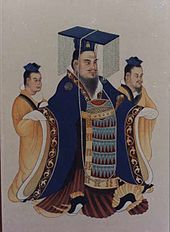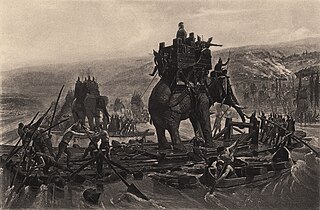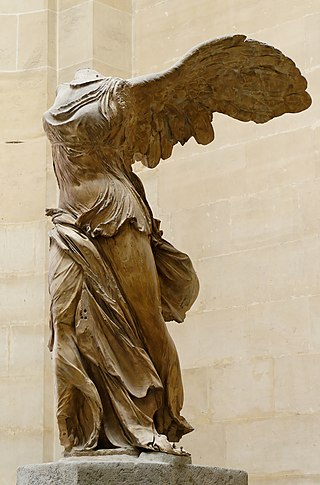| Millennium |
|---|
| 1st millennium BC |
| Centuries |
| Timelines |
| State leaders |
| Decades |
| Categories: |
| Births – Deaths Establishments – Disestablishments |


The 2nd century BC started the first day of 200 BC and ended the last day of 101 BC. It is considered part of the Classical era, although depending on the region being studied, other terms may be more suitable. It is also considered to be the end of the Axial Age. [1] In the context of the Eastern Mediterranean, it is the mid-point of the Hellenistic period.
Contents
- Events
- 190s BC
- 180s BC
- 170s BC
- 160s BC
- 150s BC
- 140s BC
- 130s BC
- 120s BC
- 110s BC
- 100s BC
- Significant people
- Politics
- Military
- Literature
- Science and philosophy
- Inventions, discoveries, introductions
- See also
- References
Fresh from its victories in the Second Punic War, the Roman Republic continued its expansion in the western Mediterranean, campaigning in the Iberian peninsula throughout the century and annexing the North African coast after the destruction of the city of Carthage at the end of the Third Punic War. They became the dominant force in the Aegean by destroying Antigonid Macedonia in the Macedonian Wars and Corinth in the Achaean War. The Hellenistic kingdoms of Ptolemaic Egypt and Attalid Pergamon entered into subordinate relationships with the Romans – Pergamon was eventually annexed. The end of the century witnessed the evolution of the Roman army from a citizen army into a voluntary professional force, which later scholars would misattribute to putative reforms by noted general and statesman Gaius Marius (the so-called Marian Reforms).
In the Near East, the other major Hellenistic kingdom, the Seleucid Empire collapsed into civil war in the middle of the century, following the loss of Asia Minor to the Romans and the conquest of the Iranian plateau and Mesopotamia by the Parthian empire. Outlying regions became independent kingdoms, notably the Hasmonean kingdom in Judaea.
In East Asia, China reached a high point under the Han dynasty. The Han Empire extended its boundaries from Korea in the east to Vietnam in the South to the borders of modern-day Kazakhstan in the west. The nomadic Xiongnu were at the height of their power at the beginning of the century, collecting tribute from the Han. Their victories over the Yuezhi set off a chain of westward migrations in Central Asia. Han efforts to find allies against the Xiongnu by exploring the lands to their west would ultimately lead to the opening of the Silk Road. [2]
In South Asia, the Mauryan Empire in India collapsed when Brihadnatha, the last emperor, was killed by Pushyamitra Shunga, a Mauryan general who founded of the Shunga Empire. The Greco-Bactrians crossed the Hindu Kush and established the Indo-Greek Kingdom, but lost their homeland in Bactria to the Sakas, themselves under pressure from the Yuezhi.





















